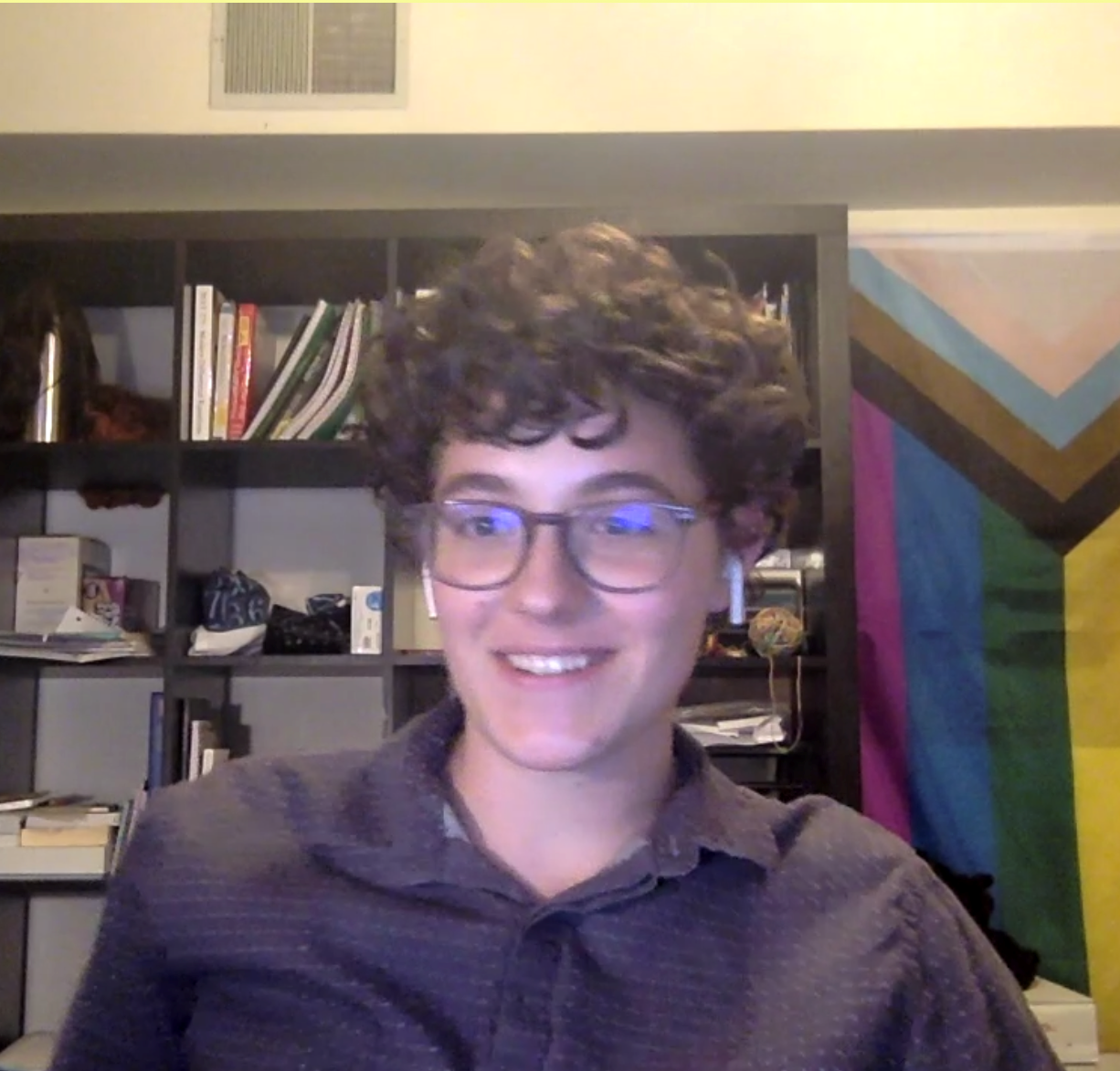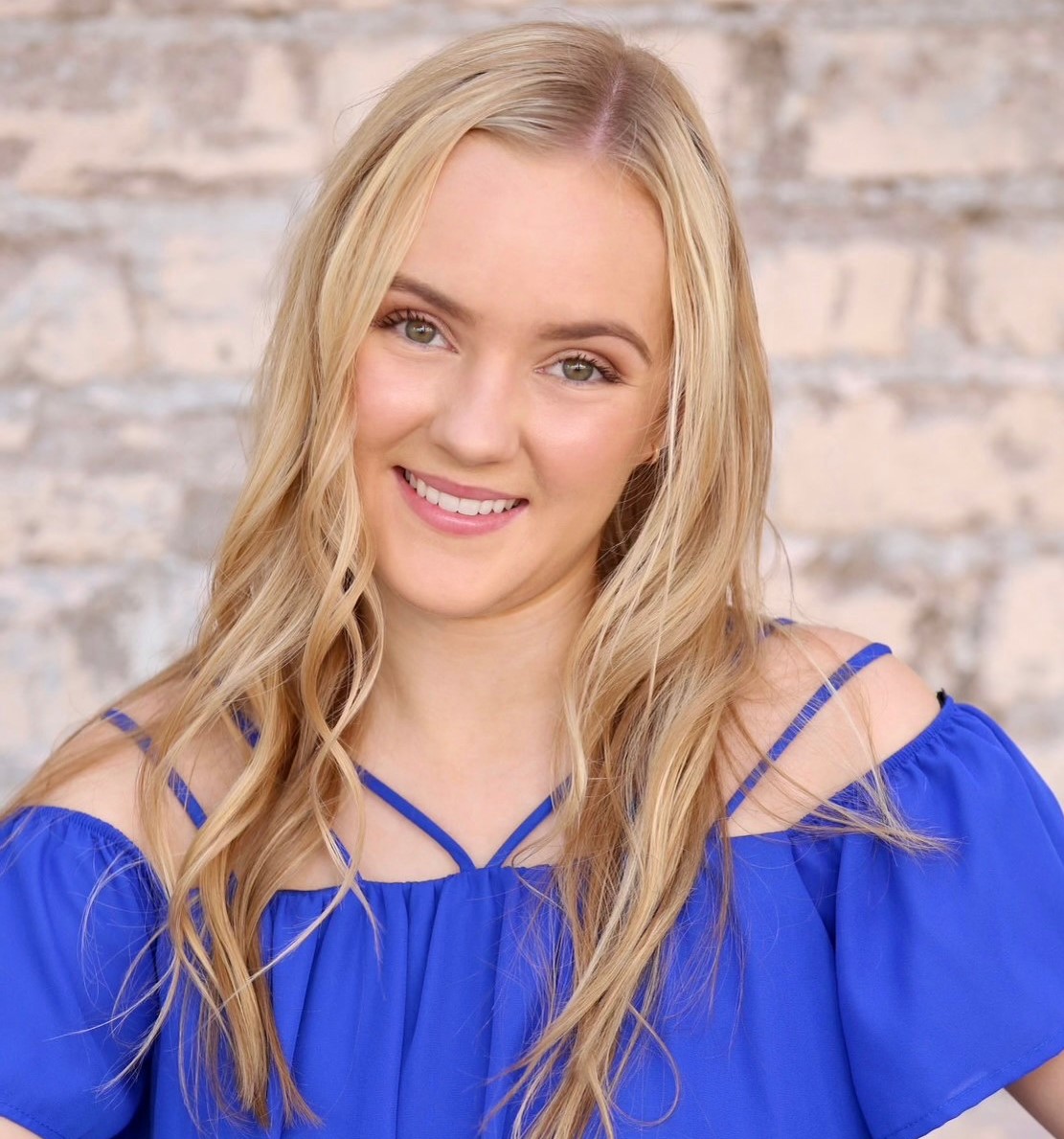People
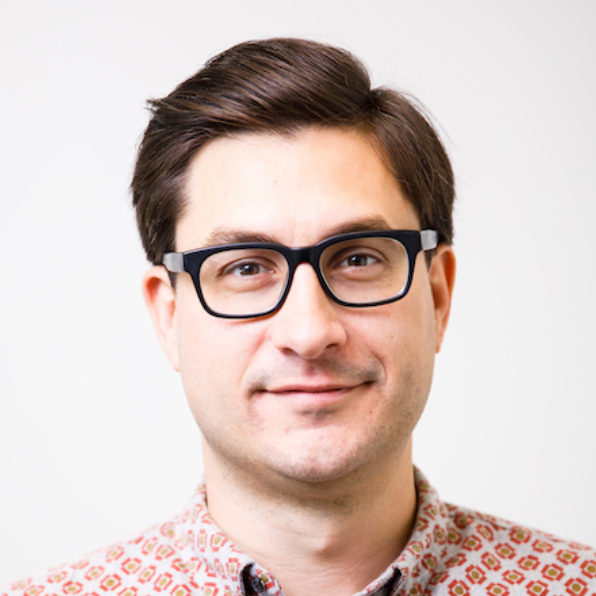

Jeremy Wideman
I was trained as a cell biologist investigating mitochondrial protein import in Frank Nargang’s lab at the University of Alberta. I feel at home in the land of protein extractions, differential centrifugation, and western blots. My postdoctoral research with Joel Dacks took me into the brave new world of protist genomics and eukaryotic evolution and diversity. An EMBO long-term fellowship sent me to Exeter, UK with Tom Richards where my long-term infatuation with LECA began to deepen and solidify. I was also introduced to the pleasures of single-cell genomics of heterotrophic flagellates and the incredible benefits of British ale. Prior to coming to ASU, I engaged in pleasant argumentation with Ford Doolittle about the concept of function in biology on this side of the Atlantic, at Dalhousie in Halifax. Here at ASU, my goal is to synthesize my scientific and philosophical interests into a single research program aimed at uncovering a cell biological understanding of eukaryotic diversity. Therefore, my research program combines cell and molecular biology with evolutionary genomics and protistology in order to explain the similarities and differences observed across eukaryote diversity.
Pak Poon
Back in the paleolithic, I basically invented Saccharomyces – you’re welcome. As a pioneer of the molecular era, I cut my teeth with the membrane trafficking system. If you say ARF!, I say to which membrane and at what time. Although I have dabbled in evolution in the past, I have never considered myself an evolutionary biologist… until now. In the Wideman lab, I lead a number of projects capitalizing on my past experience in molecular biology, cell biology, genetics, and biochemistry. Primarily, I am using the yeast system to investigate how eukaryotic ATP synthases and mitochondrial protein import apparatuses have evolved and diversified. In addition, I am developing spatial proteomics methods for various eukaryotic species.
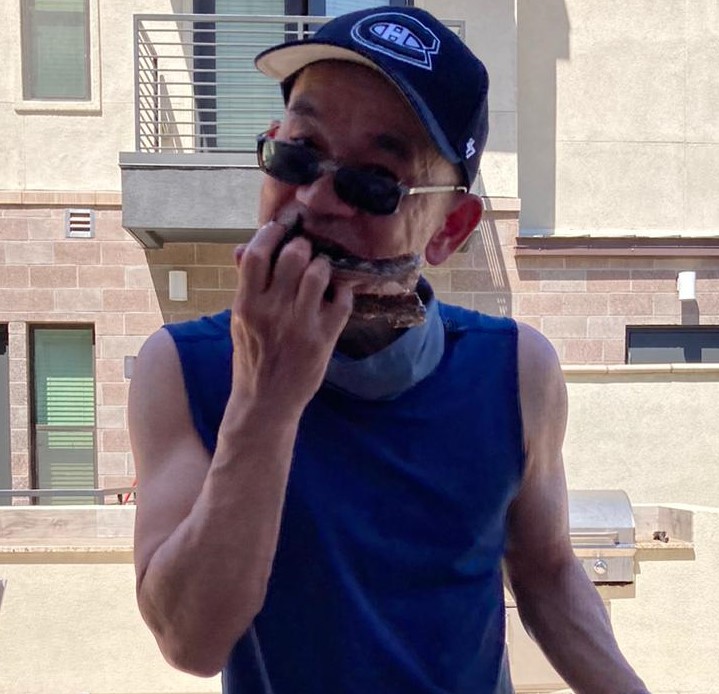
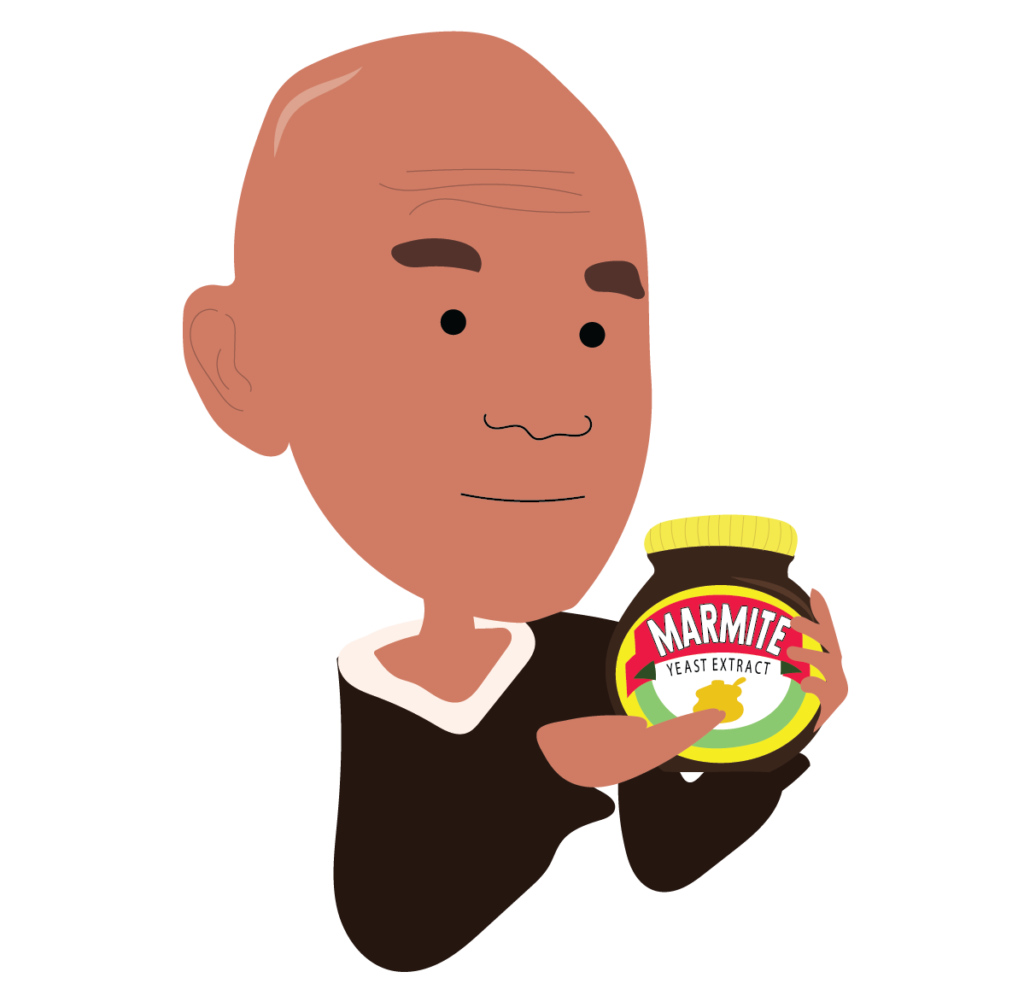
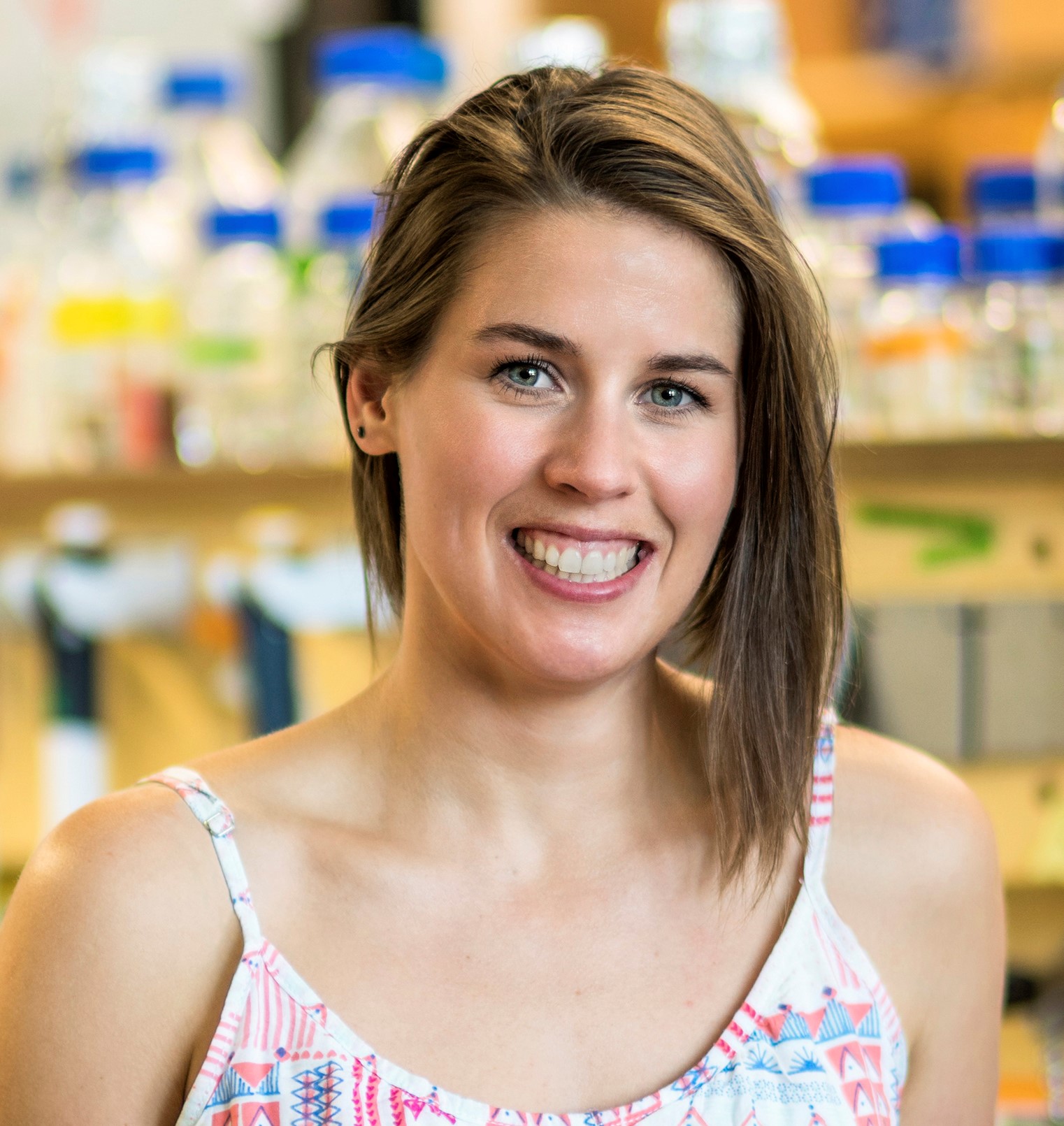

Dagmar (Dasa) Jirsová
I'm a postdoc in Wideman's newly growing kingdom. Besides the passion for science, I also have a very particular set of skills that come in very handy during the fieldwork. My projects are focused on making the impossible a reality. Pioneering my way through finding the optimal conditions for protist cultivation, adapting and improving protocols, and on a hunt to discover new and corky representatives of heterotrophic stramenopiles.
Yu-Ping Poh
I was trained as a population geneticist and worked on identifying positive selection based on the genomics data. For the past few years, I have switched my research angle to the protein level and started to work on protein purification and structural analysis. I joined Wideman lab to extend my research to study the cellular organization of protists, which is widely unknown and remained to be explored!
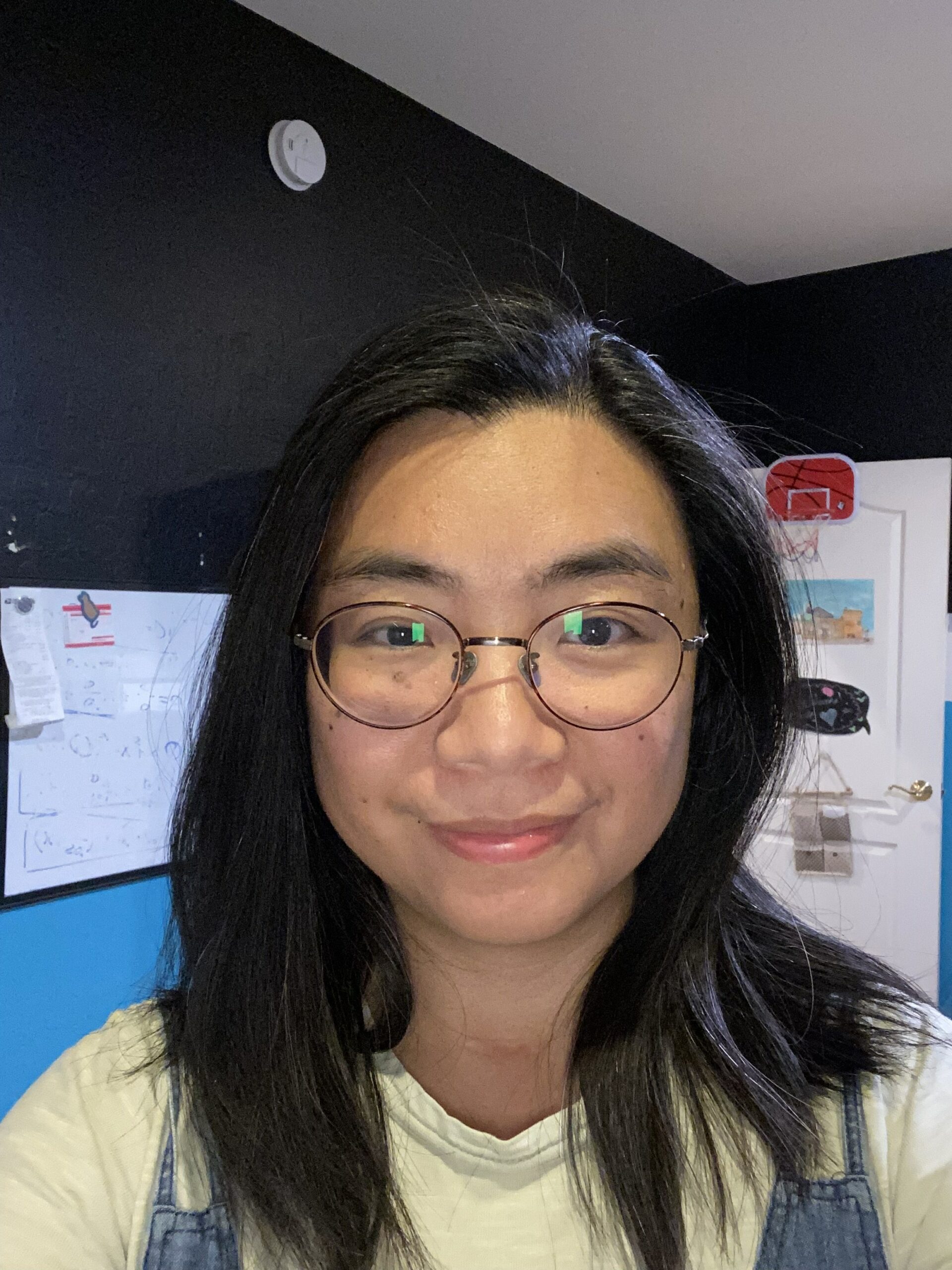
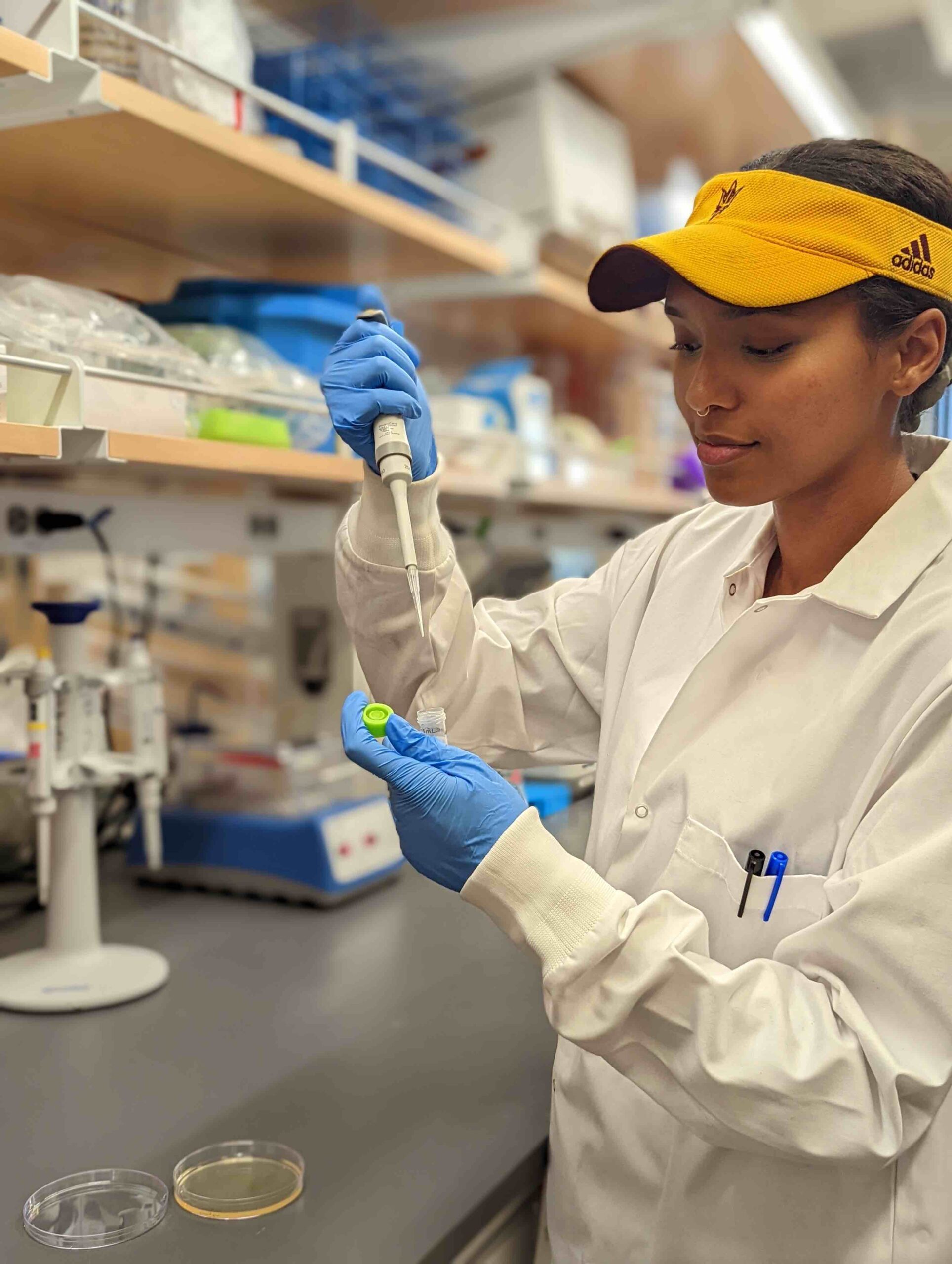
Aleah Deptula
Hello everyone! I am currently a Biology PhD student in the Wideman lab. I was born and raised in Mesa, Arizona. My project is studying the population genetic parameters of "neutral" endosymbiont gene transfer from the mitochondria to the nucleus using yeast as a tool. I am interested in studying Evolutionary Cellular Biology using both wet and dry lab techniques. My goal is to one day have a lab of my own where I employ the skills I gain here to further study elusive relations of our world and help future generations of students develop into the scientists they want to be.
Alfredo Rodriguez Ruiz
From Playing Classical guitar to capturing bugs. My journey has led me to Wideman’s lab where I’m researching the diversity and phylogenetic placement of heterotrophic flagellates (HFS) across the tree of eukaryotes. By doing a mixture of traditional methods such as culturing and microscopy and more modern methods like single cell ‘omics. While my previous research involved working with morphological cryptic species of insects such as planthoppers and weevils, at the invertebrate collection of the University of Puerto Rico Mayagüez (UPRM) with Dr. Van Dam, these skills have come in handy when Identifying HFs under the scope. Fascinated with the idea of understanding more about our Last Eukaryotic Common Ancestor (LECA), and with it the origin of all eukaryotic diversity, I am bound to an extensive crusade across the microcosmos in search for rare and novel HFs taxa.
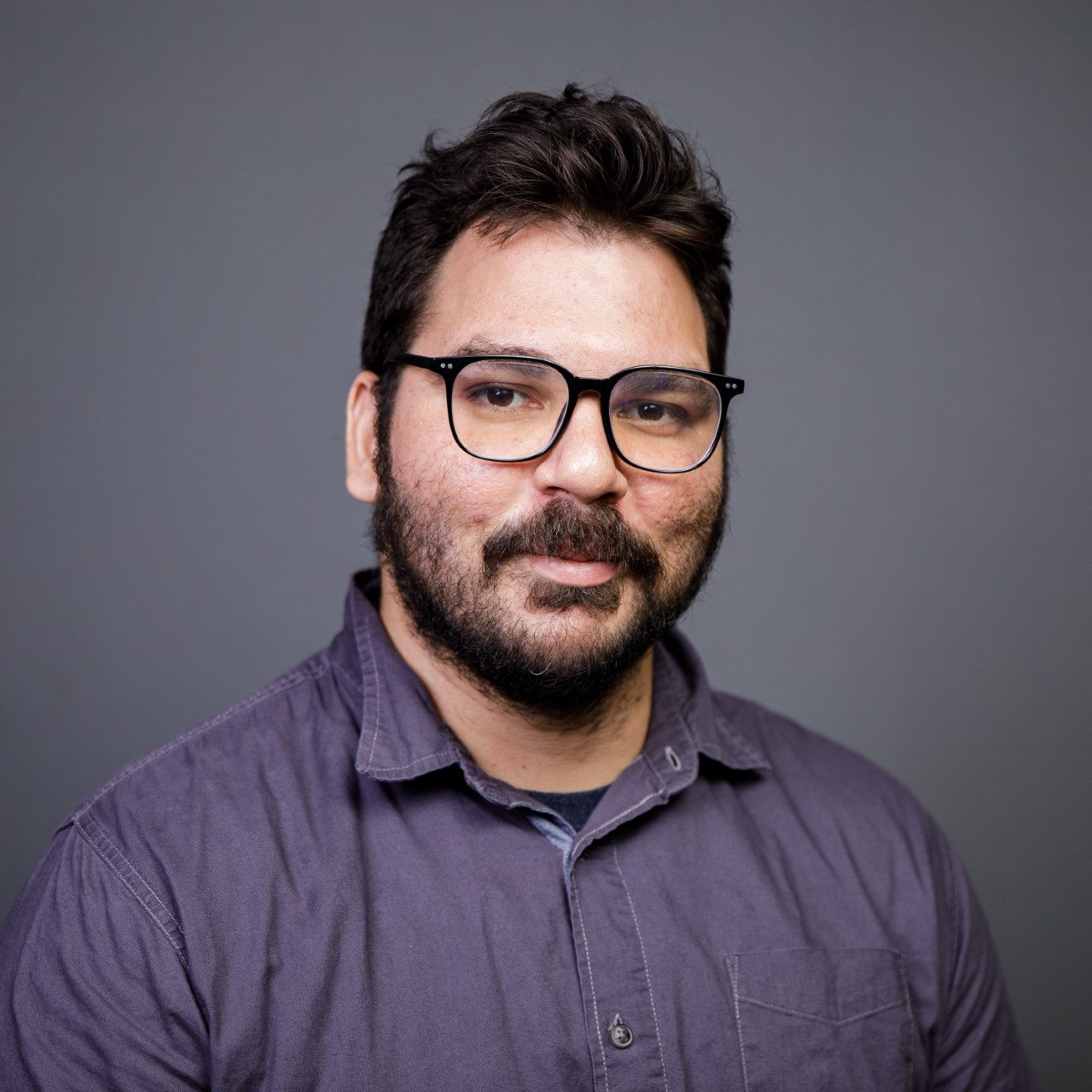

Statton Tinker
I am a Bio PhD student in the Jeremy Wideman lab. My project is working towards a spatial proteome of Dictyostelium discoideum. I am father to a wonderful two-year-old with another on the way. My primary interest is in spatial proteomics in single cell organisms and where they are localized. I enjoy hanging out with my family and doing anything involving the outdoors such as camping, fishing, and swimming. My passion is the ocean and anything involving the ocean I love. One day I hope to retire on a beach somewhere and spend the rest of my life scuba diving.
Timothy Licknack
Current Position: ASU Biodesign Mass Spectrometry Facility


Savar Sinha
Current position: Undergraduate at CalTech
Rohan Singh
Current position: MD student at Touro University
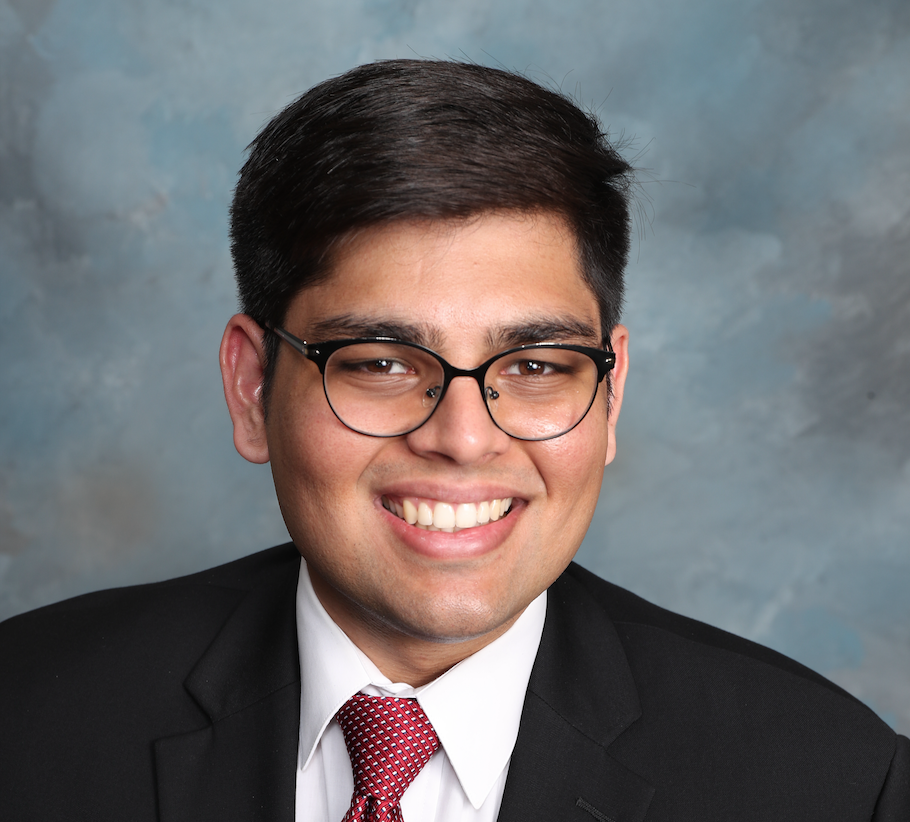
Kourtney Quiel
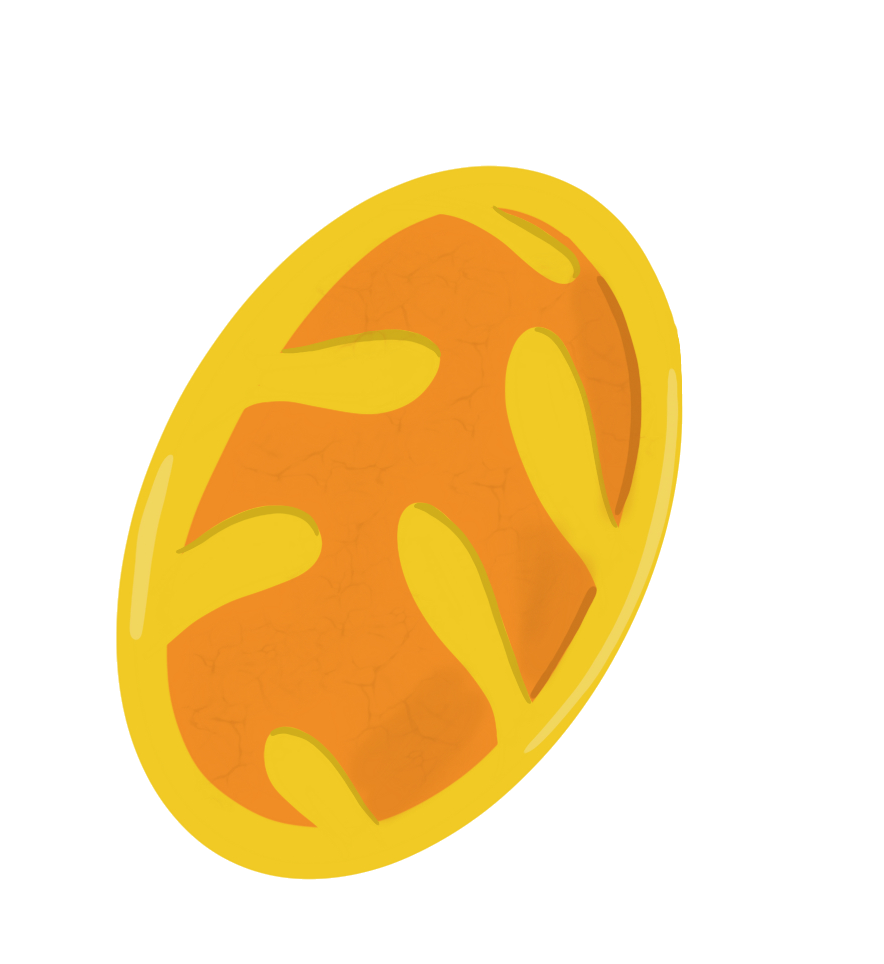
Kamawela Leka
